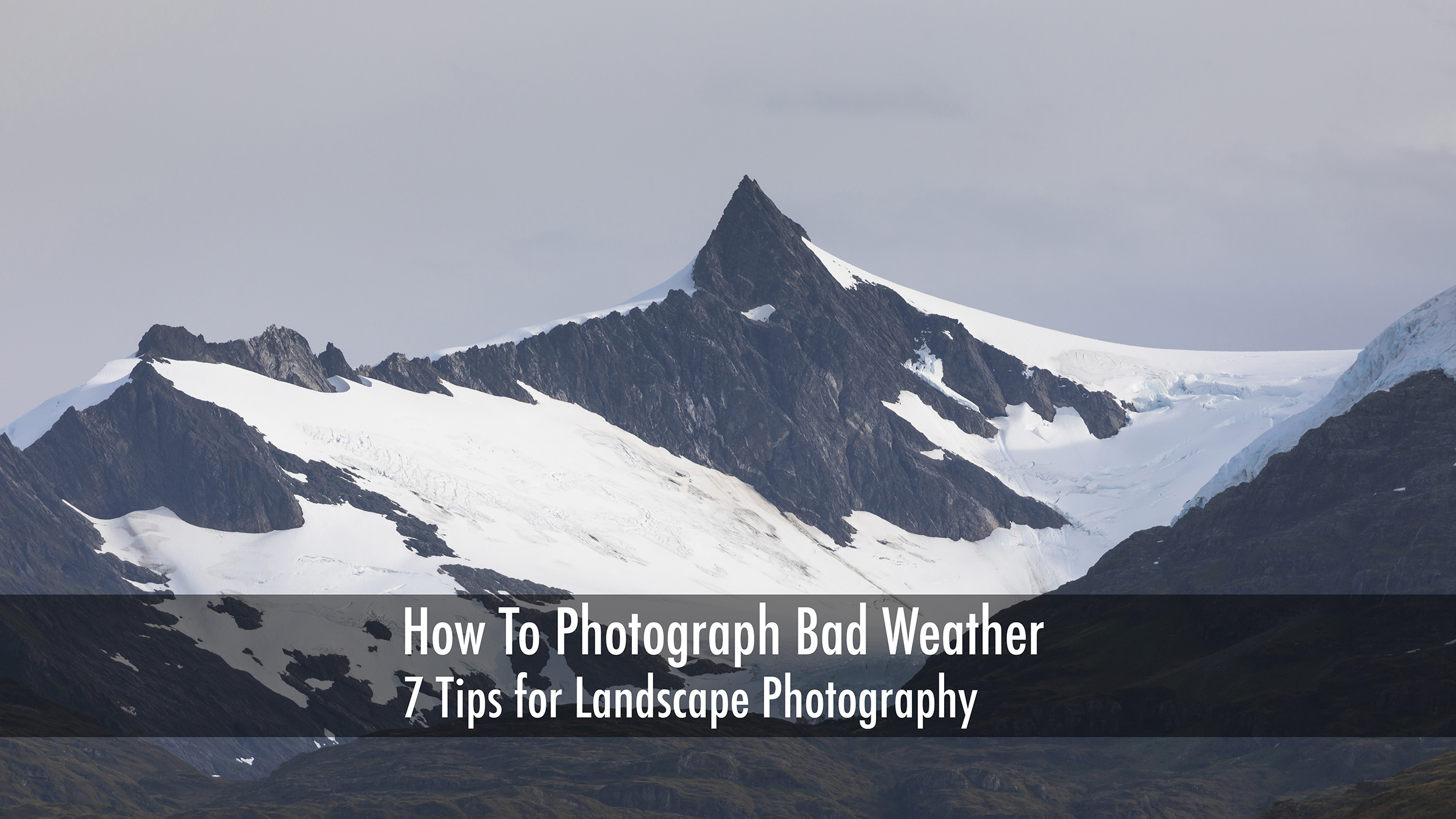
How To Photograph Bad Weather 7 Tips for Landscape Photography is my latest video and gives you some ideas to think about.
The weather has been pretty bad of late and so I thought that it may as well be embraced and provide some content for my channel.
One of the simplest and most effective ways to learn how to photograph bad weather is to take an umbrella with you. It may seem obvious, but having an umbrella can protect both you and your camera from unexpected downpours. Just keep it handy, and you’ll be ready if the weather takes a turn for the worse.
Before heading out, ensure your camera gear is ready for the elements. Check if your camera and lenses are weather-sealed. If not, invest in a rain cover. A simple plastic bag can also do the trick in a pinch. Protecting your expensive camera equipment is key to ensuring you can capture great shots without worrying about damage.
A good tripod is essential for stability, especially in windy conditions. A solid tripod can help keep your camera steady when you photograph bad weather, allowing you to capture sharp images. Invest in a sturdy model that won’t easily tip over in rough weather, ensuring you always have a stable base for your photography.
Raindroplets on your lens can ruin a great shot. Keep a microfiber cloth in your camera bag to wipe off any water splashes. Just a quick wipe can make a big difference in the clarity of your photos. Remember that microfiber cloths can get soaked quickly, so be prepared to swap them out if you encounter heavy rain.
Certain subjects shine when you photograph bad weather. Coastlines, ruins, and moody landscapes can all look stunning under gloomy skies. Think about where you’re going and what you want to photograph. For instance, cemeteries or mountains can create beautiful atmospheres when clouds roll in, adding drama and mood to your images.
If it starts to rain, take a moment to observe its direction. Position yourself so that the rain isn’t hitting your camera directly. This small adjustment can save your equipment and allow you to focus on capturing that perfect shot without the worry of raindrops ruining your lens.
Not all clouds are created equal. When the sky is filled with interesting cloud formations, it can enhance your photographs. Look for clouds with depth and variety instead of flat, dull skies. These clouds can add visual interest to your images, especially when they interact with light.
Facing bad weather doesn’t have to keep you from getting outside with your camera. By following these tips, you can turn gloomy, rainy days into opportunities for creating beautiful and unique photographs. Embrace the challenge and take advantage of the moody atmospheres that bad weather can provide. Get out there, stay safe, and capture some incredible shots!